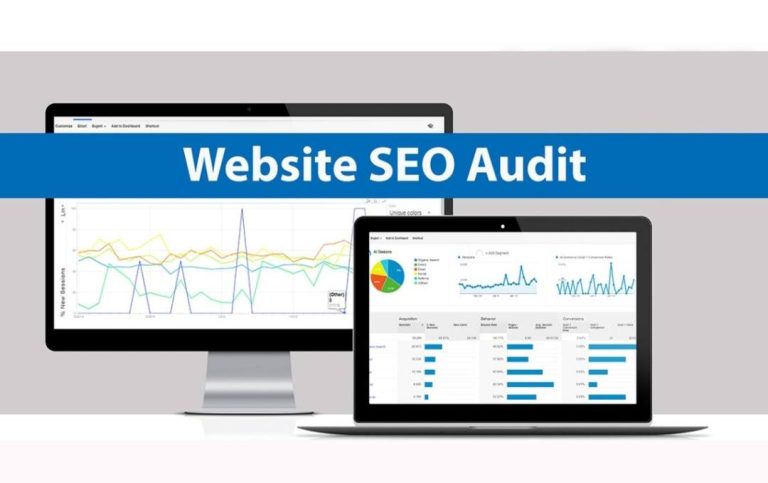SEO is a critical piece of any online marketing strategy. It can take your business from obscurity to the top of the search engine results pages (SERPs). However, it’s not a one-time event; it’s an ongoing process that you must continue to tweak and improve as your business grows. This blog post will provide steps for conducting a comprehensive SEO audit. From content analysis to competitor research, this guide will help you identify all the areas in which your website needs improvement.
What is an SEO Audit?
A comprehensive SEO Audit Cost is important in improving your website’s visibility and ranking on search engines. The audit will help you identify areas where you can improve your SEO and any potential violations of Google’s guidelines.
To conduct a comprehensive SEO audit, you will need to gather the following information:
- Your website’s current ranking and visibility on search engines
- Your website’s content and layout
- Your website’s on-page optimization (OPN) tactics
- Your website’s off-page optimization (OOP) tactics
- An estimate of your website’s revenue potential
What is Included in an SEO Audit?
A comprehensive SEO audit systematically reviews a website’s online marketing efforts to identify issues and optimize the site for better search engine visibility. The audit includes an examination of the websites:

- Title tags and metatags
- On-page optimization
- Off-page optimization
- Links and backlinking
- Social media integration
How Often Should an SEO Audit be Conducted?
A comprehensive SEO audit should be conducted at least every 6 months, ideally every 3-6 months. By conducting an audit regularly, you can keep up with changes in search engine algorithms and identify any potential issues with your website’s optimization.
1. Identify Your Key Performance Indicators (KPIs)
Your first step is to identify your primary objectives for ranking higher in the search engines. Once you know what you are trying to achieve, you can measure how well your website performs relative to those goals.
2. Evaluate Your Website’s Current Position
Once you have identified your key performance indicators, it’s time to evaluate where your website currently stands. Use organic traffic, SERPS rating, and competitor rankings to determine improvement opportunities.
3. Analyze Your Site’s Competition
Compare your website against others in the same or similar niches to determine whether any areas need improvement. In particular, analyze how they rank on Google and other search engines, what keywords they target, and which pages drive the most traffic.
To make the most effective comparisons, use SEMrush’s extensive keyword research toolkit or one of our competitors’ tools, such as Moz or Ahrefs.

The Pros and Cons of Conducting an SEO Audit
The Pros and Cons of Conducting an SEO Audit Price
There can be many pros and cons when undertaking a comprehensive SEO audit. On the one hand, audits can help your business track its progress and identify areas where it can improve. They also provide an overview of your website’s current ranking positions and insights into what factors drive traffic.
However, audits can also be time-consuming and require significant resources. Furthermore, they may only sometimes produce positive results; if your website is low on the search engine rankings, an audit may keep that fact the same. Finally, audits cannot guarantee improvement in your company’s SEO rankings – they are only one factor that can influence them.


